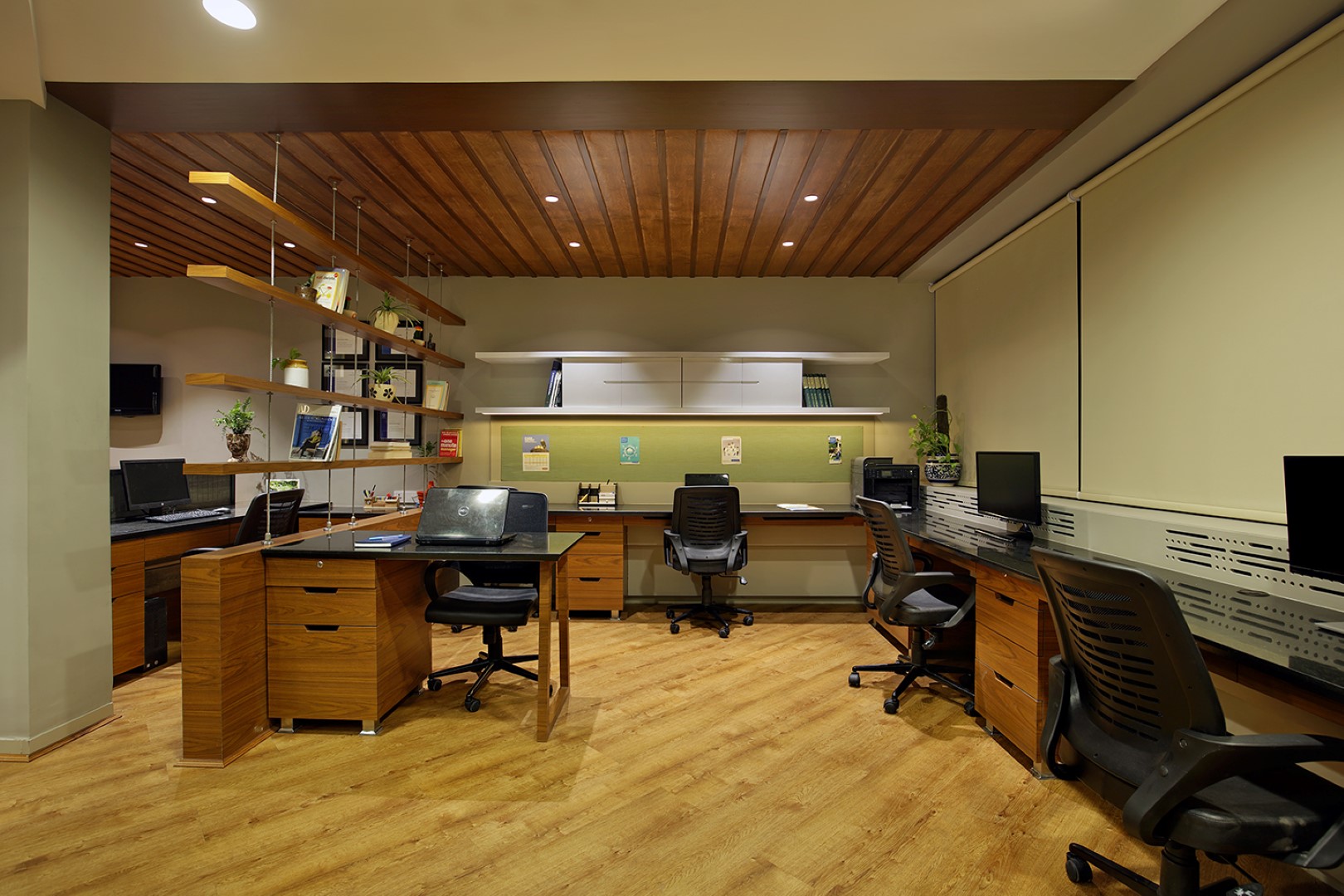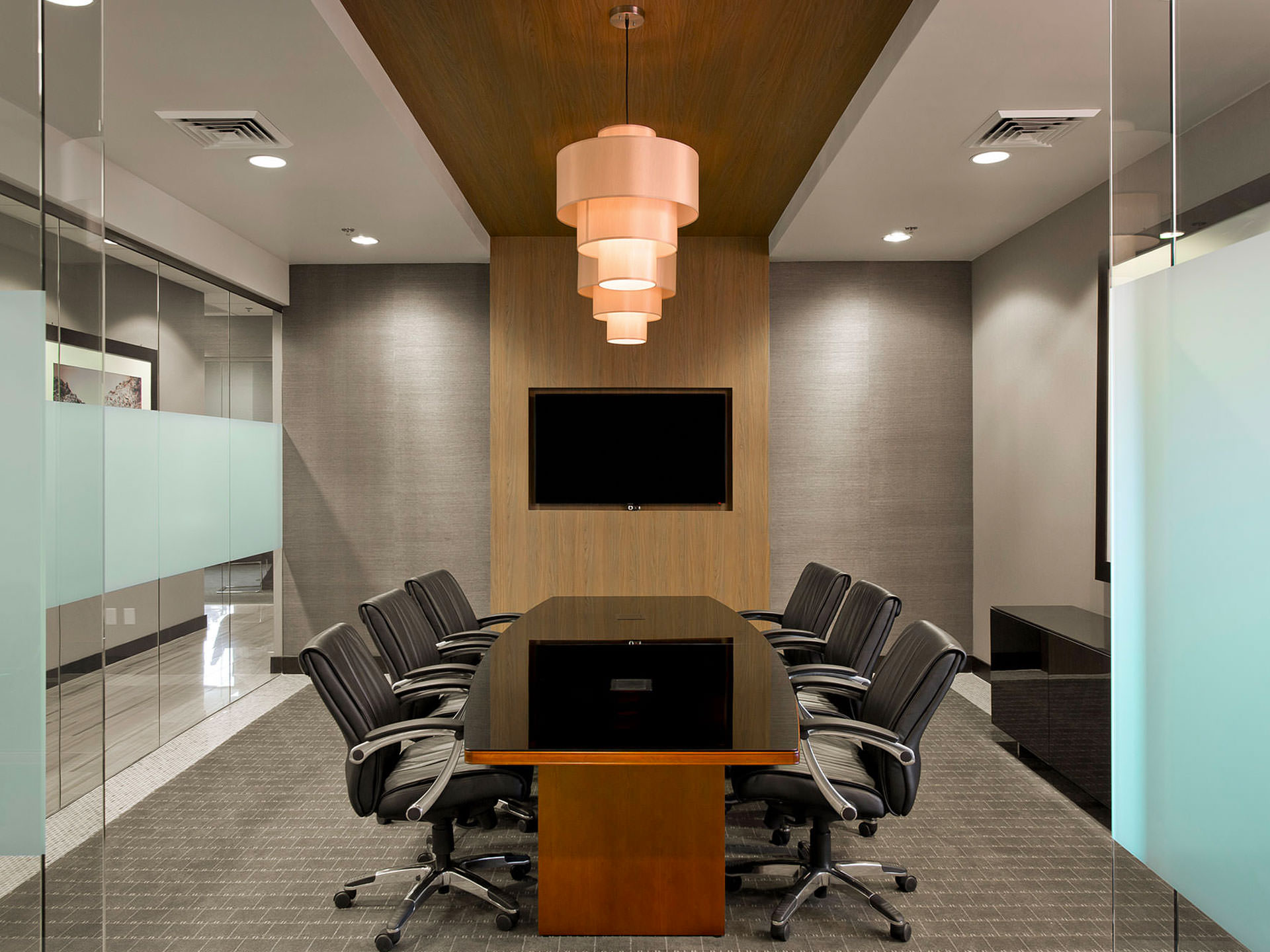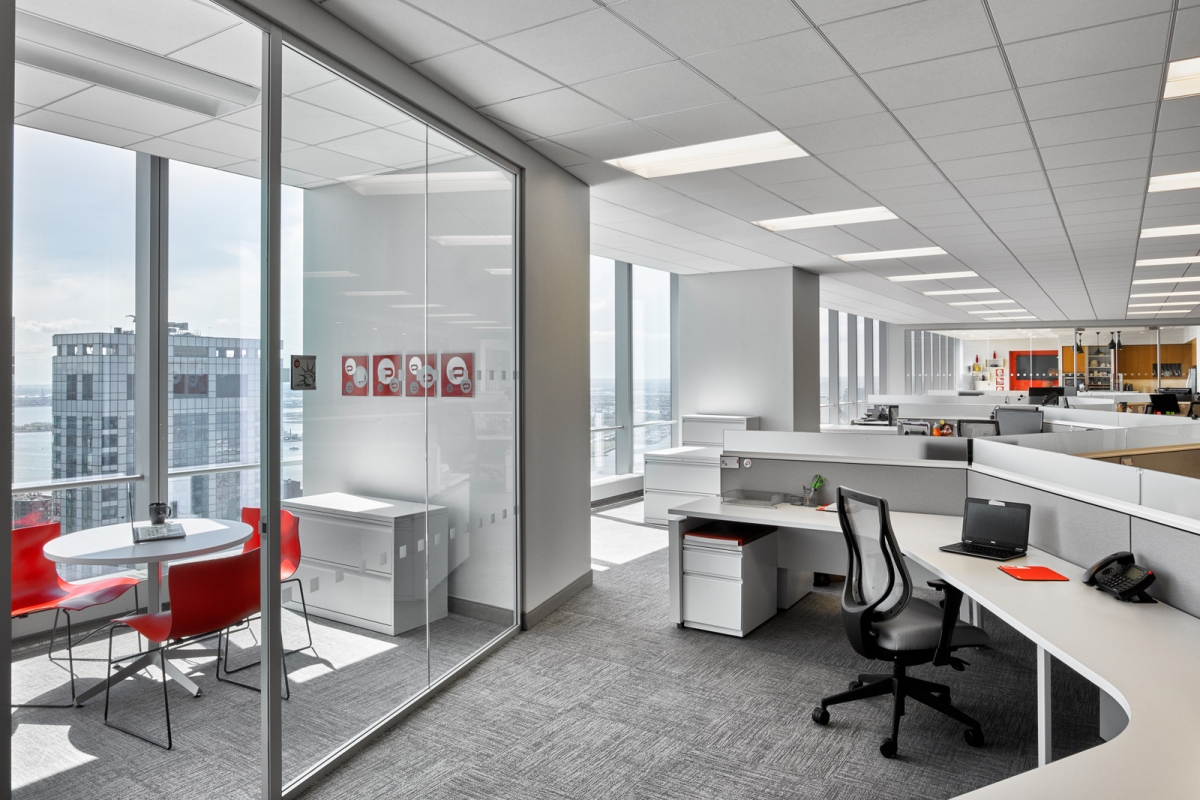Corporate Interior Design Elements

Corporate interior design plays a crucial role in shaping the workplace environment and fostering employee productivity and well-being. It involves carefully considering both functionality and aesthetics to create spaces that are not only efficient but also inspiring.
Corporate interior design plays a crucial role in shaping the work environment and enhancing employee well-being. Incorporating elements of nature into the design, such as green wallpaper hd , can create a sense of tranquility and connection to the outdoors.
By integrating biophilic design principles, corporate interiors can foster a positive and productive atmosphere, boosting employee morale and creativity.
One of the key elements of corporate interior design is functionality. The layout and design of the space should facilitate efficient workflows, promote collaboration, and provide employees with the resources they need to perform their jobs effectively.
Color, Texture, and Lighting
The choice of color, texture, and lighting can significantly impact employee productivity and well-being. Warm colors, such as reds and oranges, can create a stimulating and energetic atmosphere, while cool colors, such as blues and greens, can promote relaxation and focus.
Corporate interior design has the power to shape a company’s image and employee experience. For those seeking inspiration, Spoak Interior Design offers a wealth of innovative solutions that blend aesthetics and functionality. Their portfolio showcases how thoughtful design can transform office spaces into environments that foster creativity, collaboration, and productivity, ultimately elevating the overall corporate experience.
Textures can add visual interest and depth to a space, while also providing acoustic benefits. Soft, plush materials can absorb sound, creating a quieter and more comfortable environment. Natural light is essential for employee well-being, as it has been shown to improve mood, reduce stress, and boost productivity.
Biophilic Design
Biophilic design is an approach to interior design that incorporates elements of nature into the built environment. This can include using natural materials, such as wood and stone, incorporating plants and greenery, and providing access to natural light.
Biophilic design has been shown to have a number of benefits for employee health and well-being, including reducing stress, improving air quality, and boosting creativity. By creating a more natural and sustainable work environment, biophilic design can help to improve employee productivity and satisfaction.
Space Planning and Utilization: Corporate Interior Design

Space planning is a crucial aspect of corporate interior design as it directly influences the efficiency and well-being of employees. By optimizing the use of space, businesses can create environments that foster collaboration, enhance productivity, and promote a sense of belonging.
Effective space planning involves a comprehensive understanding of the company’s workflow and the specific needs of its employees. By analyzing the nature of tasks, interactions, and collaboration patterns, designers can create layouts that support seamless communication and teamwork. Open floor plans, for instance, encourage visual connections and impromptu meetings, while private spaces and designated quiet zones provide opportunities for focused work and confidential discussions.
Maximizing Space Utilization
To maximize space utilization, furniture layouts should be carefully planned. Modular furniture systems offer flexibility, allowing for easy reconfiguration as needs evolve. Multi-purpose furniture, such as desks with built-in storage or tables that can double as meeting spaces, can also save valuable floor space.
Incorporating technology into space planning can further enhance communication and connectivity. Smart lighting systems, for example, can adjust to optimize natural light and reduce energy consumption. Interactive whiteboards and video conferencing facilities facilitate collaboration across different departments and remote locations, breaking down geographical barriers and promoting a sense of unity.
Branding and Identity

Incorporating corporate branding into interior design plays a pivotal role in solidifying brand identity and fostering employee engagement. It enables companies to create spaces that not only serve practical purposes but also embody their values, culture, and mission statement. By harmonizing the physical environment with the brand’s essence, organizations can create a cohesive and memorable experience for both employees and clients.
Design Elements as Brand Conveyors, Corporate interior design
Design elements, such as color, texture, lighting, and furniture, can effectively convey a company’s values and culture. For instance, a tech company might opt for a modern and minimalist design scheme to reflect its focus on innovation and efficiency. Conversely, a healthcare provider might prefer a warmer and more inviting aesthetic to convey its commitment to patient care and well-being.
Storytelling Through Interior Design
Interior design can also be a powerful tool for storytelling. By incorporating elements that evoke the company’s history, mission, or aspirations, organizations can create a space that tells a compelling brand story. This can include the use of historical artifacts, artwork that reflects the company’s values, or interactive displays that showcase the company’s products or services.